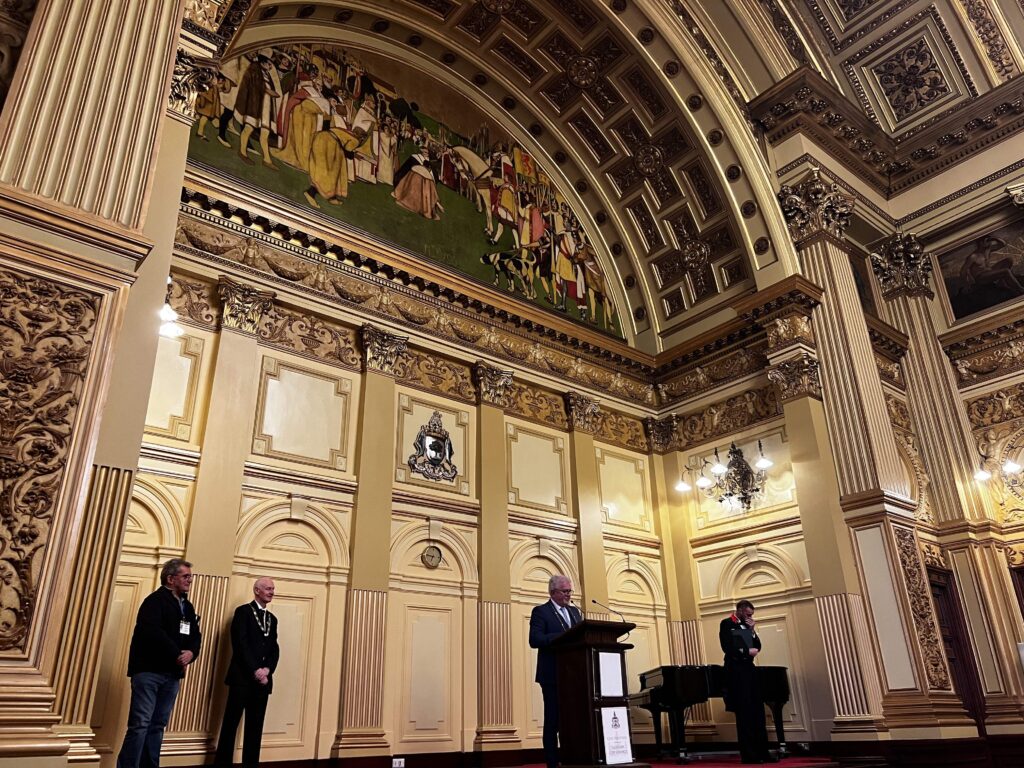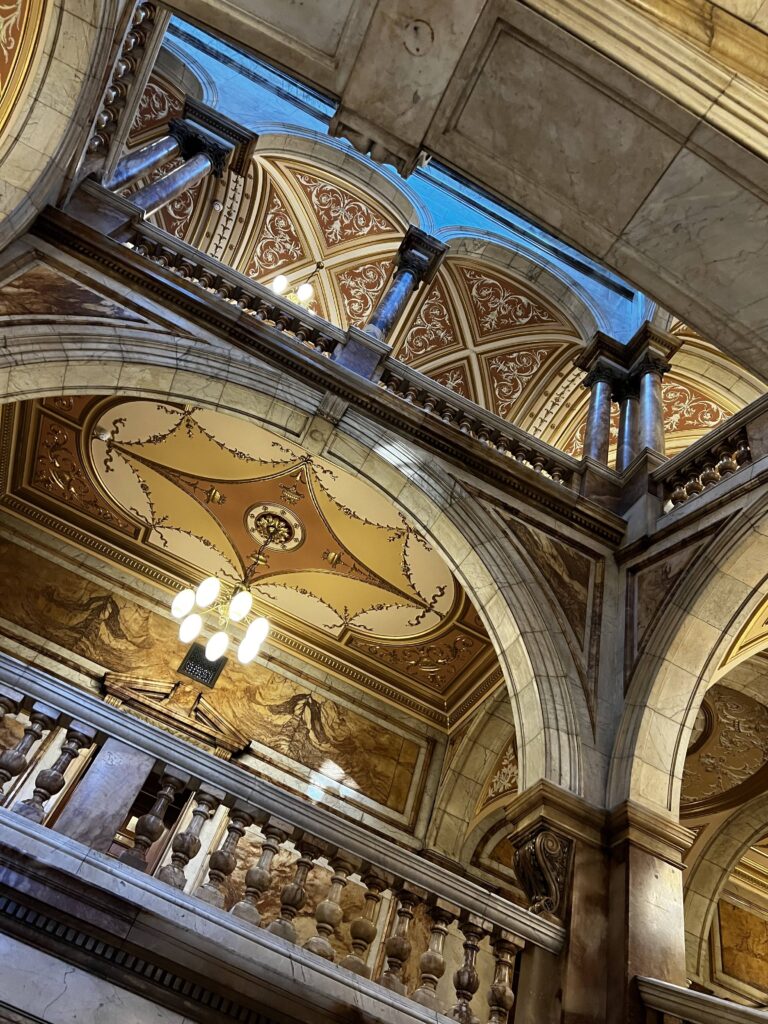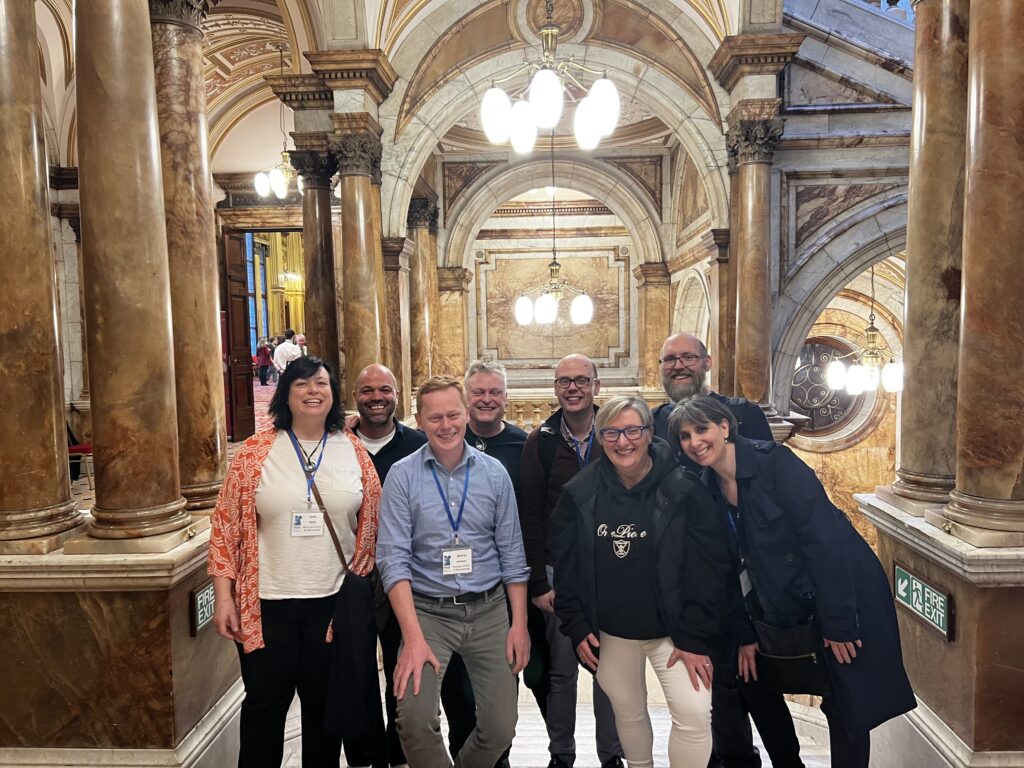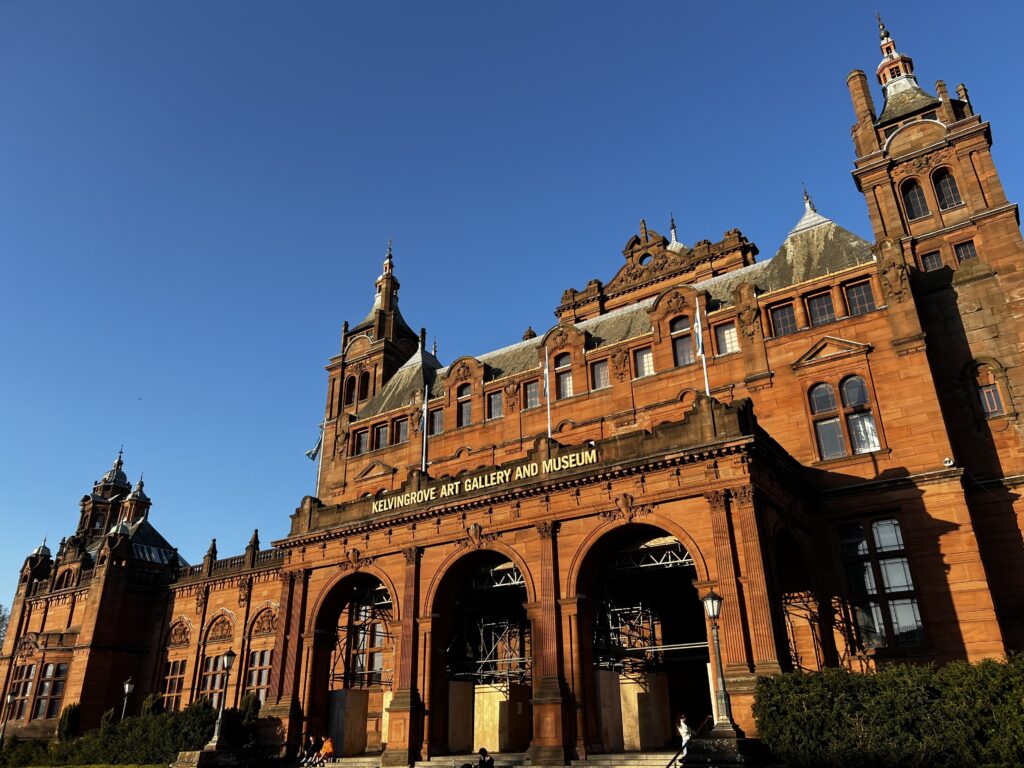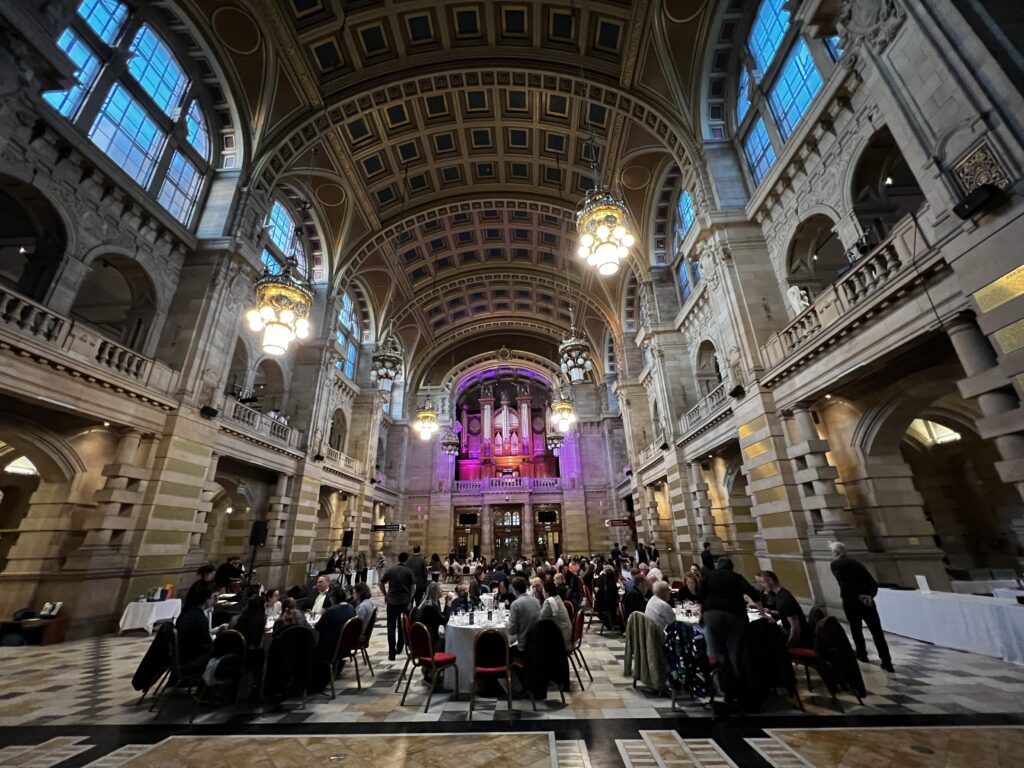38th IMGC Glasgow – A Network-focused meeting report

The 38th International Mammalian Genome Conference (IMGC) was held in Glasgow from the 6th to the 9th of April. The International Mammalian Genome Society (IMGS) and the MRC National Mouse Genetics Network (NMGN) co-organised the meeting and, having had a few weeks to reflect on it, we can safely say it was a great success. Glasgow welcomed all with a week of beautiful sunshine, allowing breaks from the scientific programme to become pleasant explorations of this amazing and welcoming city.
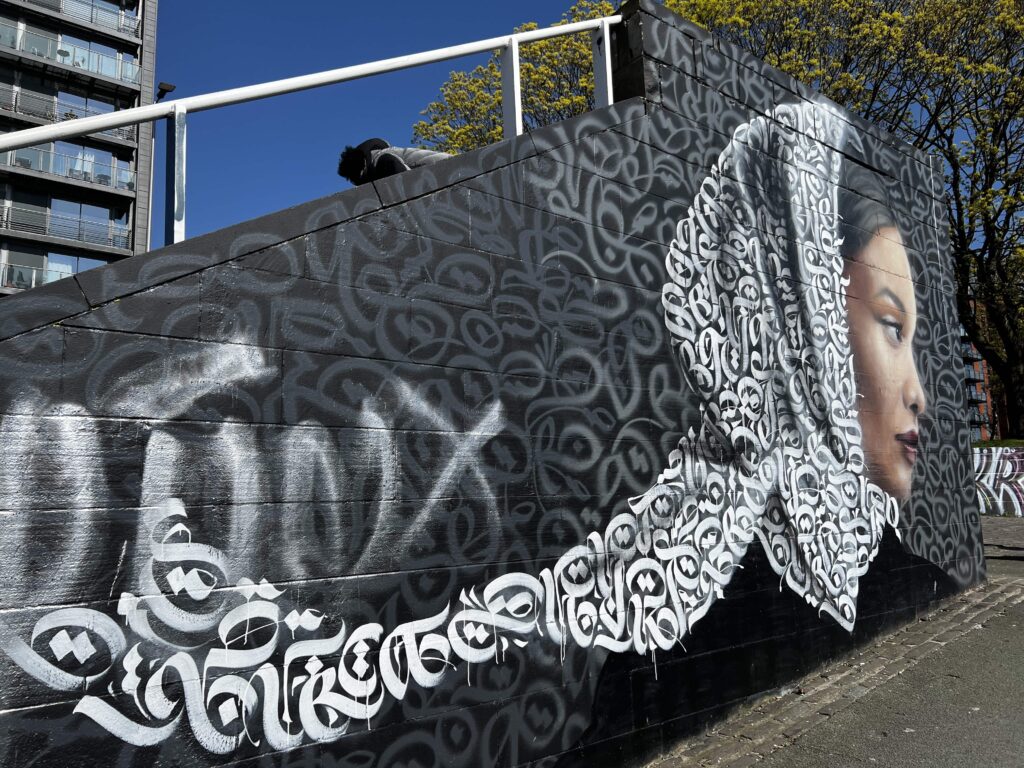
Pre-Meeting workshops and trainee symposium
In the long-established tradition of the IMGC, the first day is dedicated to the trainee workshops and symposium. This allows early career researchers to attend specially designed sessions on topics that are relevant to the use of mammalian models in research studies and to present their work to the conference in a friendly and relaxed setting.
The NMGN supported this section of the programme by organising and running two of the four workshops available.
The first one, Mouse models of mitochondrial DNA disease Workshop, was organised by our MitoCluster and covered the basics of mitochondrial DNA genetics and engineering in human disease and mouse models. It was delivered by four senior members of the cluster, Rob Pitceathly, Michal Minczuk, James Stewart and Carlo Viscomi. The workshop was fully booked, and the feedback overwhelmingly positive.

The second, Home Cage Monitoring (HCM), was organised by the NMGN Hub, the Mary Lyon Centre at MRC Harwell (MLC), and explored the potential of HCM to enhance data collection for scientific interrogation but also to monitor welfare more closely, and the opportunities for multi-disciplinary work in the future. It was delivered by the Director, Sara Wells, the MLC’s Head of Phenotyping Technical Development, Sonia Bains, and the Scientific Manager of the MRC Centre for Macaques, Claire Witham. It was an interactive workshop with great audience participation.
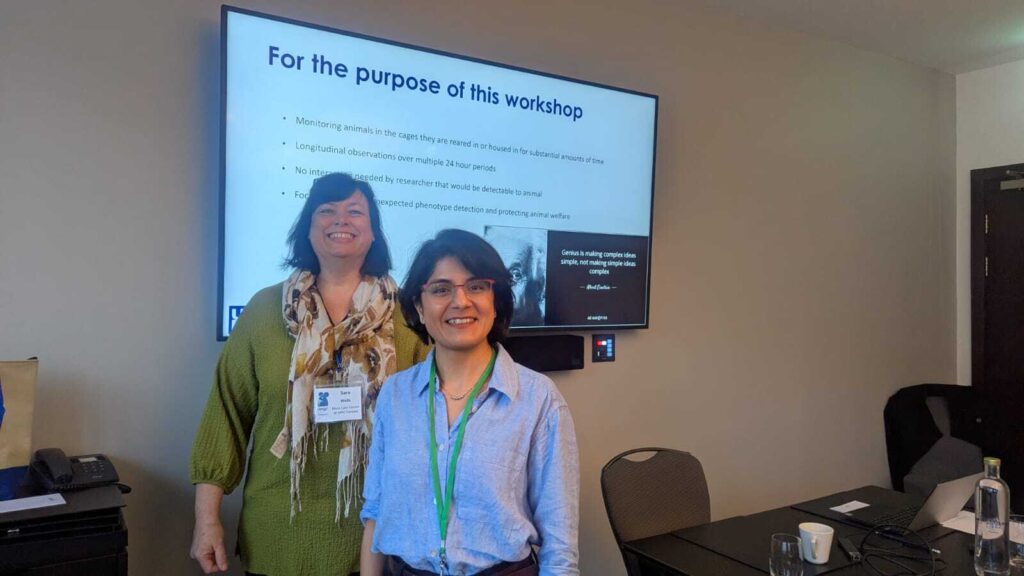
The trainee symposium displayed outstanding quality, and four talks were selected to be presented at the main conference in a dedicated session.
Network talks
The main conference kicked off on Monday, 7th of April and the NMGN was well represented with talks in most sessions, but to start with, we had our Director, Owen Sansom, welcoming the delegates to Glasgow, introducing the NMGN and wishing everyone a great meeting.
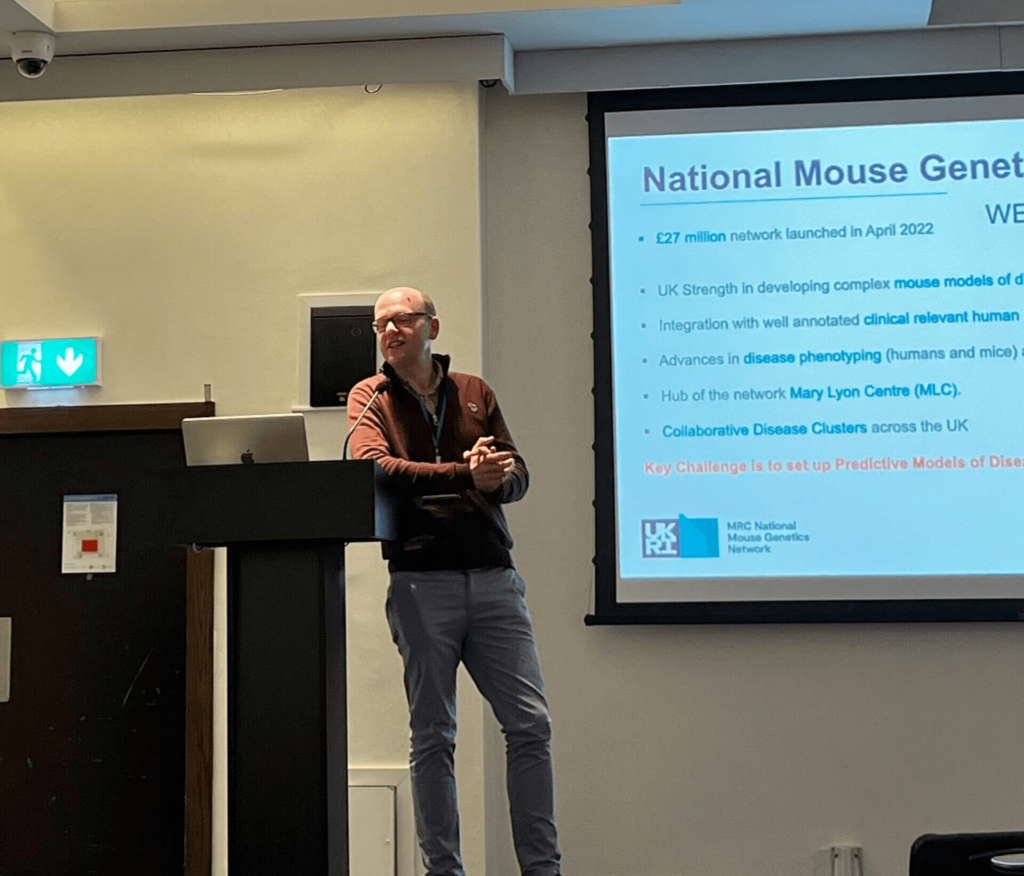
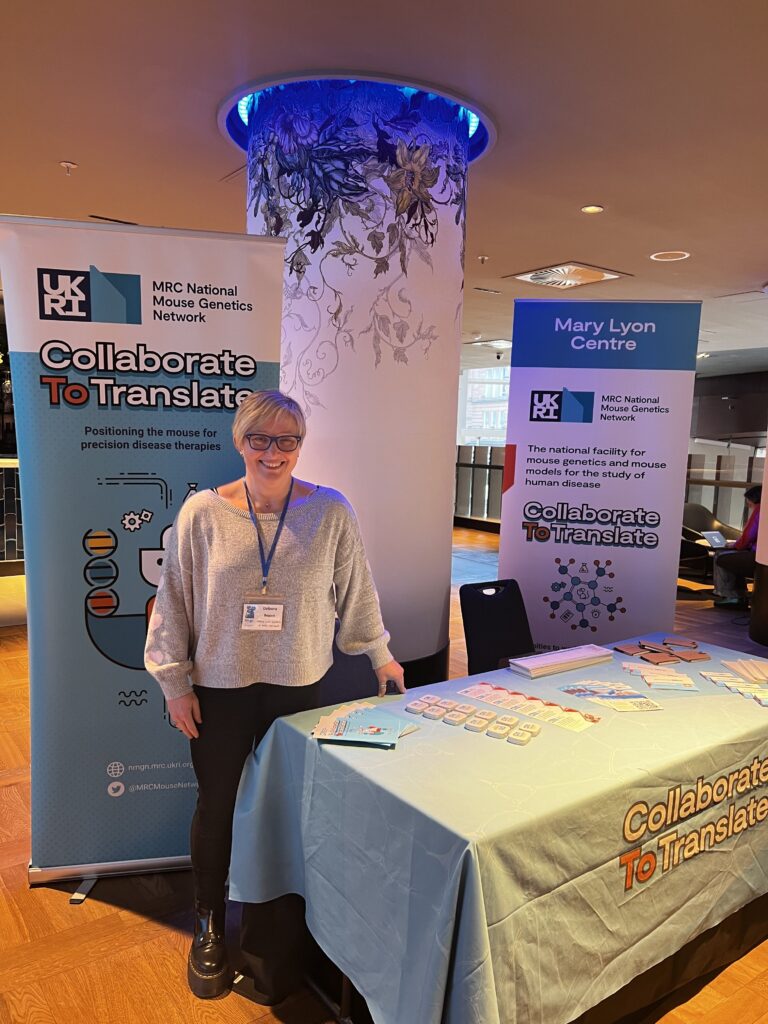
Among the first session’s presentations, focused on Comparative Genomics and Computational Methods, the Network was represented by Nick Schaum from the Ageing Cluster, who described the group’s ambitious plan for the generation of a multiomic and phenotypic atlas of the ageing mouse that would become a reference for the field.
On Tuesday, the first session on Translational & Systems Genetics had three NMGN representatives. Sevda Boyanova of our UK Dementia Research Institute Associate Cluster presented her work on the establishment and testing of standardised behavioural, cognitive and sensory phenotyping of mouse models of Alzheimer’s disease and frontotemporal dementia.
Owen was next and he summarised decades of work that led to the current Cancer Cluster aim to develop complex mouse models better able to represent human cancers, and fully integrated analysis pipelines, making use of multiple models and patient data to identify different therapeutic responses and new approaches to tackle treatment.
Claus Nerlov from the Haem Cluster followed with a fascinating run-through of how a GATA2 mutation regulates acute leukaemia phenotypes.
At the end of the day, we had a poignant remembrance of our friend and esteemed colleague Jo Peters, who passed away earlier in the year, delivered by the MLC Director, Sara Wells.
Wednesday was another day with significant Network contributions, starting with Paula Clark from the Haem Cluster, talking in the Human Disease Models session about tackling the complexity of studying mouse immune cell function by constructing Boolean strains, a great collaborative effort between the cluster and the MLC.
Andrew Wood started the Technology and Resources session with an overview of the Degron Tagging Cluster work to generate mouse strains able to mediate targeted protein degradation in models of human disease, with all the obvious advantages this can bring to both disease understanding and therapeutic approaches.
Lydia Teboul from the MLC concluded the session and the entire meeting by introducing the audience to a new resource for researchers, reviewers and the community as a whole, created by an impressive collaboration between international partners to improve and standardise genetic reporting of model systems, the LAG-R guidelines, a fitting conclusion to a genetics full immersion.
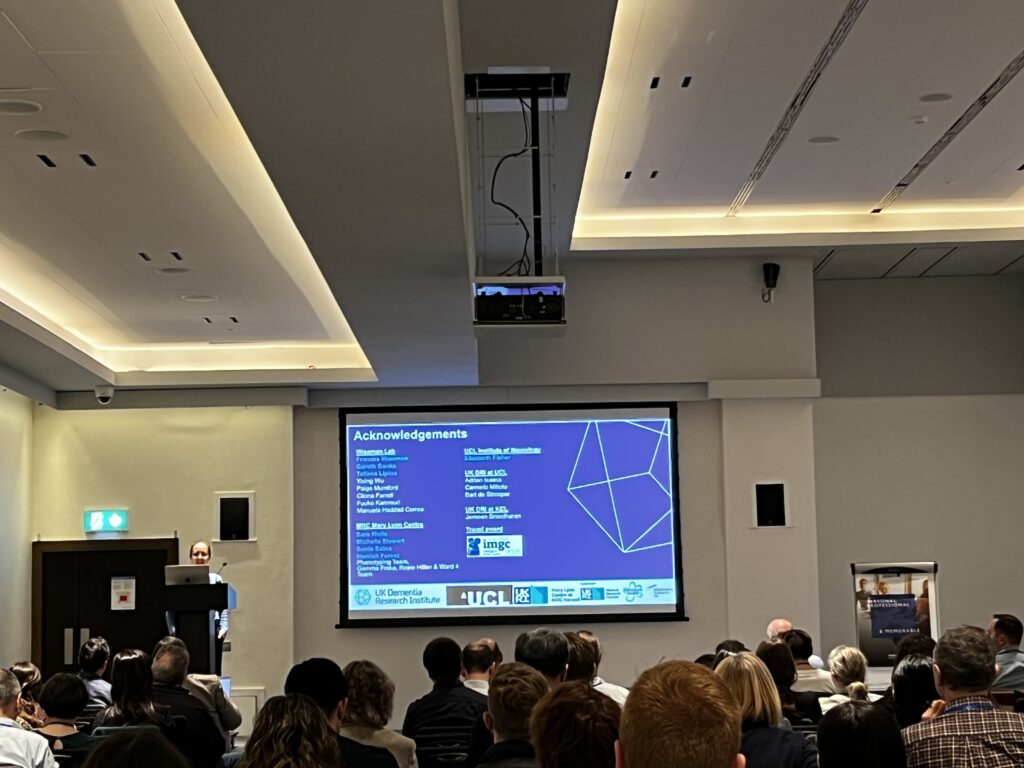
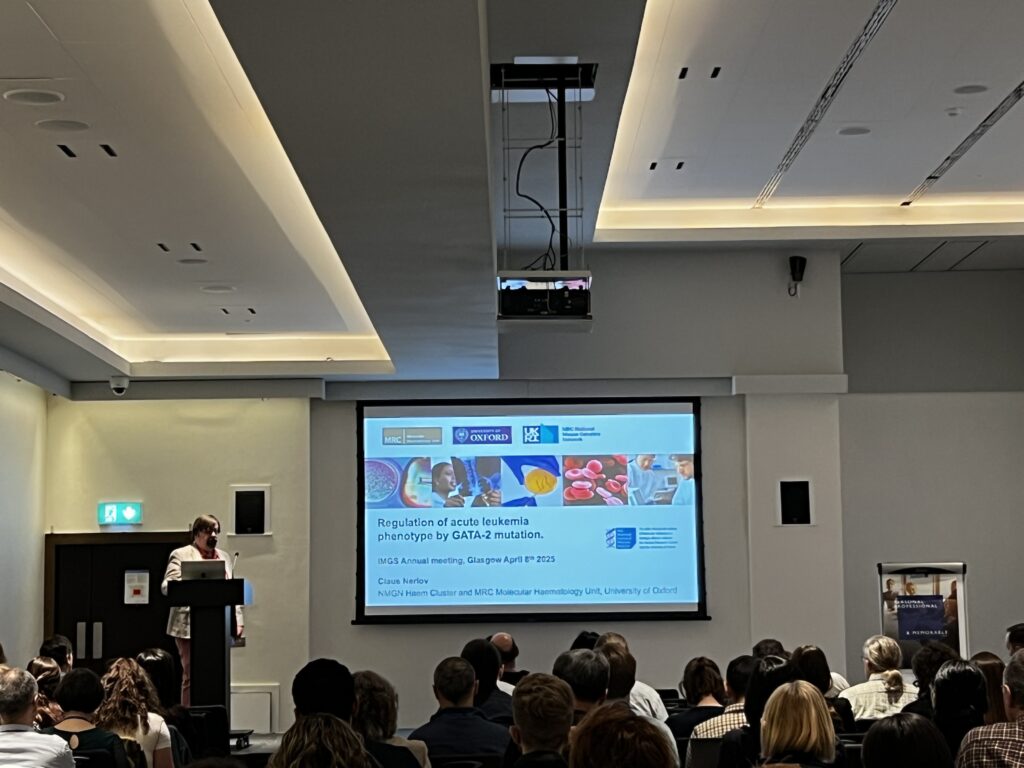
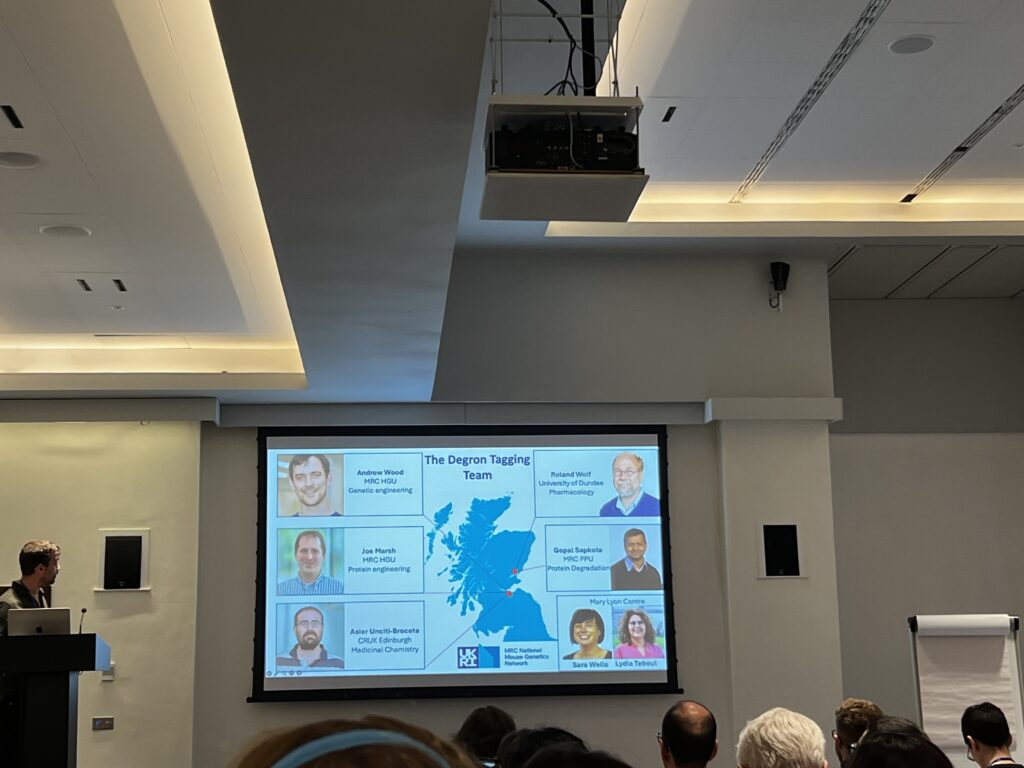

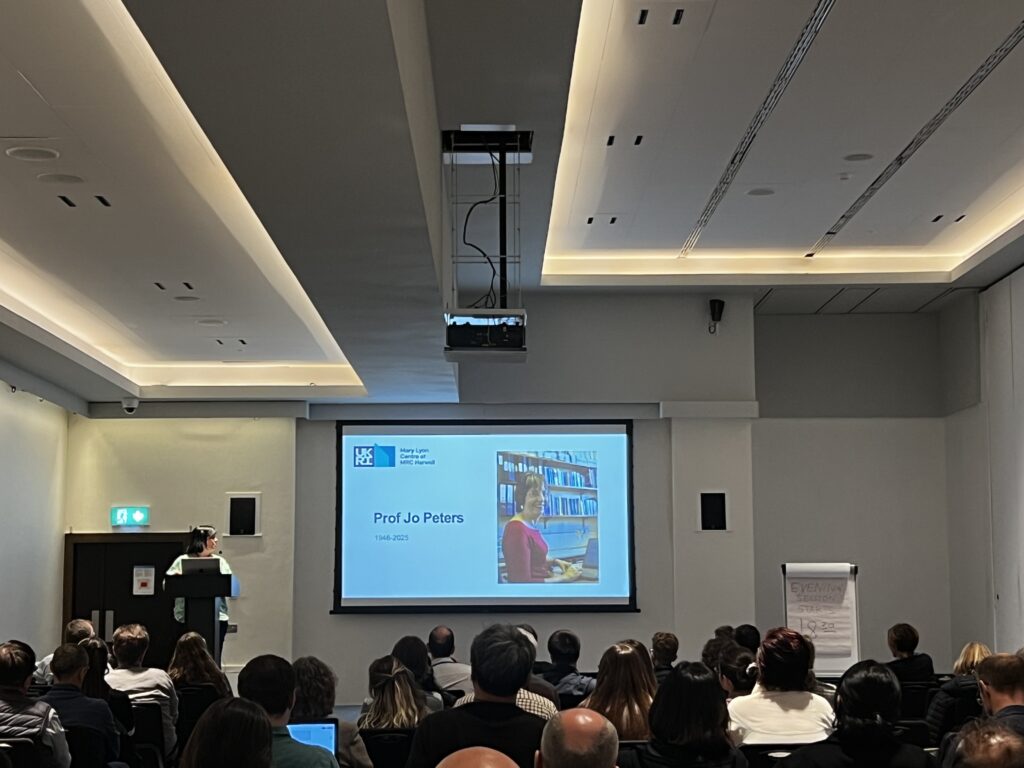
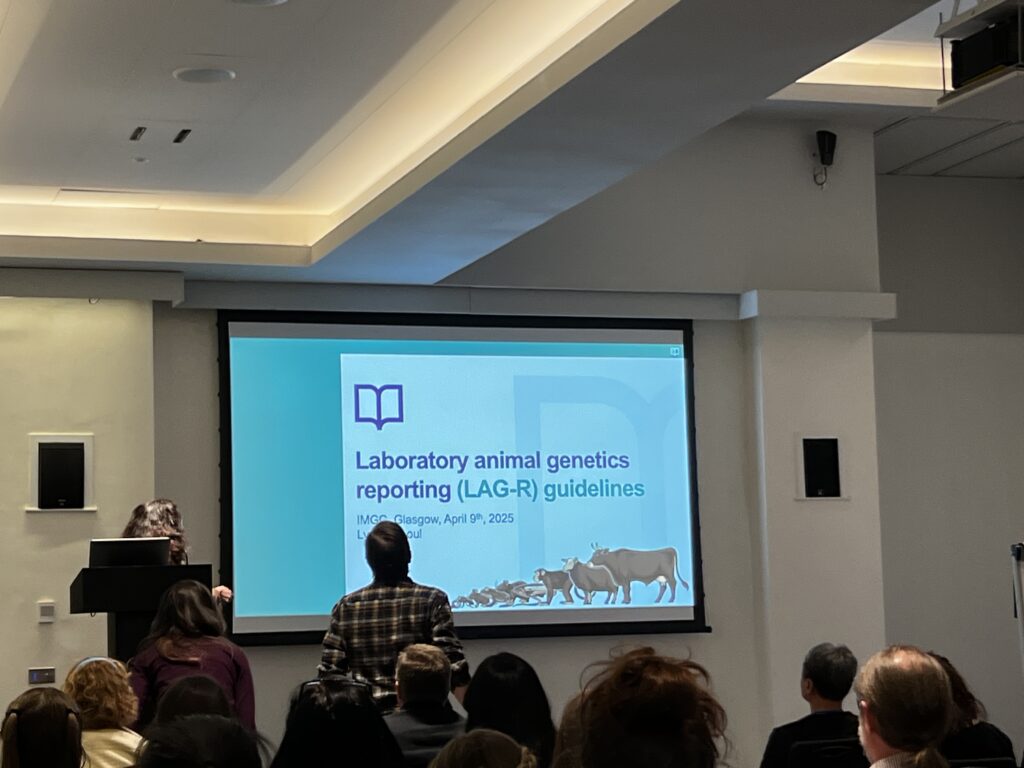
Some of the Network’s talks
Posters
The NMGN also had a strong presence at the two poster sessions, with 10 poster presentations from Cancer, Congenital Anomalies, Data Platform, Haem, Horizon Scanning, Microbiome, Mitochondria, and MURIDAE, describing the individual projects and collaborative effort of our Network to make mouse models that are the best possible aid to our understanding of human disease and to the generation of more effective therapies.
Plenty of Space for Networking and Fun
Glasgow and IMGC offered plenty of opportunities for networking and exploration of this amazing part of the UK.
The weather was incredible, with clear skies and warm sunshine. We received a warm welcome by the city authorities with a reception at the City Chambers, followed by our Network dinner.
The conference gala dinner at the Kelvingrove was a clear highlight, with awards being given, fun and dance. Looking forward to seeing everyone again soon!

